Breathable Face Mask by a Dermatologist

What are the features that you should be looking for when choosing a breathable face mask? In this article, accredited dermatologist, Dr. Teo Wan Lin breaks down the anatomy of an ideal face mask design. She covers the topic of maskne, the fabric and comfort of a breathable face mask, and the requirements of an effective fabric face mask during a pandemic.
What causes maskne?
My white paper on maskne is published in the November issue of the Journal of the American Academy of Dermatology. I want to break it down to you today, the anatomy of an ideal face mask design. What exactly causes maskne? Maskne is a form of acne mechanica which is well known amongst dermatologists even prior to COVID 19. What’s different about maskne is the fact that it is predominantly caused by textile-skin friction as opposed to the other types of acne mechanica that we’re used to. For example, those are caused by head gear and straps in athletes who wear helmets.
What is microbiome dysbiosis?
In maskne there is a very unique skin microenvironment that is created. Specifically, there is microbiome dysbiosis – which in layperson’s terms is the imbalance of the germs in the skin. The local skin microclimate which comprises the temperature, pH, moisture levels, and contact with biofluids. Biofluids refer to your nasal droplets as well as saliva. These contain a different set of bacteria than what is usually present on the skin. Adding on to that, the textile skin friction is really a hotbed for causing skin irritation. It also exacerbates existing conditions such as rosacea, perioral dermatitis, eczema and those who already suffer from acne.
Where does maskne appear on the face?
I characterize in my paper the specific distribution of maskne. That is different from what we see in traditional types of acne. Traditional types of acne and physiologic acne of teenagers affects the T zone. Hormonal acne in adult women tends to affect the jawline in what we term the U zone. For maskne, it occurs precisely over the area that is in contact with the fabric mask. It is now known as the O zone.

The ‘feel’ of a textile on skin
Wearing a face mask is a non-negotiable in a pandemic. What I personally have observed amongst certain individuals is that they don’t seem to be compliant with wearing their face masks in public. Why is it that some individuals don’t like wearing a face mask? Political agendas aside, it’s very important for dermatologists to acknowledge the discomfort that is likely causing the individual to wear the face mask properly, or not at all. These have to do with the interaction of the textile with your skin. As you know, my team and I have been working on materials research for our biomaterials arm in the last year. Some of the factors that come up is really the sensation of the textile on the skin.
Traditionally, we’re familiar with cotton being the so-called most comfortable and recommended fabric for sensitive skin, because of its innate breathability. However, this breathability that comes with natural materials causes increased moisture saturation. For example, if you’re exercising in a cotton t-shirt, you’re going to find that the t-shirt gets extremely heavy afterwards, and it’s not comfortable wearing it. There is also a concept known as accumulated stickiness sensation.
Choosing the fabric of a breathable face mask: natural or synthetic materials?
Natural fabrics are not water resistant
The traditional advice is to wear natural over synthetic materials. But, unfortunately when it comes to the design of a fabric face mask, it’s not so straightforward. First of all, we have to highlight the point that natural materials like cotton and silk are not water resistant. This really defeats the purpose of wearing a fabric mask because what you’re trying to do here is to prevent your biofluids from contaminating your environment. Hence, protecting other individuals around you from potential asymptomatic spread if you are carrying the virus.
Natural fabrics are not durable
The second problem with natural materials is the lack of durability. Clearly, surgical masks for widespread population use are not environmentally friendly nor sustainable for the purposes of this pandemic. The key here is that we’re looking at containing your biofluids. A fabric mask, by default, has to be reusable and has to be able to withstand laundering. The concept of hygiene is equally important because you’re trying to get rid of all the germs that you’re carrying on these surfaces. Silk and cotton, while these materials are skin friendly, they do not hold up well to laundering. Silk, at the very best, is able to be hand-washed.
The efficiency of wearing a fabric face mask is only as effective as the structural integrity of the fabric. The moment there is a break in the weave of fabric, it’s as good as not wearing the fabric at all. Because, in this pandemic, we’re talking about tiny respiratory droplets. Now we have sufficient information to realize that this virus is airborne. The fabric mask is really our 2nd best option, short of lockdown again, at preventing further spread of the pandemic and more lives lost.
The anatomy of the ideal breathable face mask design

Breathability and comfort
Moving on to the anatomy of the ideal breathable face mask design. As I have described in my paper, there are actually 2 main components to a breathable face mask made of fabric. The first, is the panel of fabric which has to securely cover your orifices – your nose and your mask. It should allow for sufficient movement when you are speaking as well as when you’re going about your daily activities. There should be some degree of air flow to ensure skin comfort. At the same time, it should not be too loose fitting that it is practically dangling off your face and not protecting the key openings of your nose and your mouth.
Ear straps
The second component would be the ear straps. I cannot emphasize how important it is to pay attention to this part of the face mask. Prior to developing this, I was on a panel for evaluating various types of fabric face mask. Every single one of the fabric face masks had the same issue of elastics that tucked at the back of your ear. This is a very sensitive area if you already have eczema. The areas such as the back of the ear where the skin is thinner is more prone to getting irritation. Wearing a face mask that has elastic straps that exerts constant pressure over the back of the ear is a recipe for disaster.
In general, pressure of any sort is bad in dermatology. In individuals with eczema, it’s actually been proven that they are hypersensitive to cutaneous sensations. Whatever a normal individual without eczema feels, the individual with eczema is going to feel it much more. The biggest source of discomfort of wearing fabric face masks would be from friction.
Convenience and practicality
The adjustable drawstring ear loop pattern of a face mask is very important because you’re also looking for a convenient, practical way of storing when you’re eating, drinking or exercising. The moment you’re doing with your activity, you should loop it back up. Like for myself, when I am at my riding classes, I actually loop it under my jawline. Right after I finish with exercise, I will loop it back up.
Covering the nose
The other factor would be the area where it covers the nose. As a doctor and a dermatologist, I would like to state that my opinion is that it is unnecessary and uncomfortable to have any metallic pieces covering your nose area. We’re not talking about wearing a N95 mask. Which is what I wear when I am exposed to a patient and have to breach a safe distance, and the patient is not able to cover their face. But we’re talking about a general population measure, which means that comfort has to be at a level where it makes sense for the entire population to adopt. Having a metallic piece over the nose is not going to increase the fit and efficacy of wearing a facial covering. On the contrary, it’s actually going to deter individuals from wearing a face mask because of the pressure and discomfort they feel.
Nickel Sensitization
Another point I highlighted in my paper is the risk of nickel sensitization. For the same reason why we talk about using surgical steel for piercings and earrings. For example, the earrings I’m wearing right now are from 316L surgical steel. Nickel exposure is actually really common in our daily life. It starts, a lot of the time, from wearing jewelry for women. The way nickel sensitization works is not that you become allergic to it overnight. You will need exposure to the metal in low doses. As the exposure intensifies or over a period of time, that’s when your skin learns to recognize that allergy, and you get a full blown nickel allergy.
Drawstring
Additionally, the design of the drawstring is also important. Having a latex-based elastic is going to cause allergies in certain individuals. But, we do understand the importance of having something which is stretchable. So, we use Spandex. Spandex is a type of synthetic material that doesn’t contain latex. It’s the same thing for the drawstring bead. It should be flat, should not protrude against your skin. It should be durable, and able to go into the washing machine. Anything metallic, again, is out of the picture.
Biofunctional properties
The final element of my mask design has to do with the biofunctional properties of the textile. I wrote in my paper that this could address the issue of non-compliance in certain individuals. Besides the comfort of the textile, perhaps if we incorporate additional benefits for the skin, it may incentivize and normalize mask wearing in many parts of the world. Under the biomaterials arm, we treat all our fabrics with ultraviolet protection factor.
UV Protection
For those who are not familiar with UPF, think of it as a permanent form of SPF that you don’t have to constantly reapply. Which again, is a very challenging thing to do in the midst of a pandemic. If you’re wearing sunscreen under your mask, there is a problem because sunscreens usually have a lipophilic component. Wearing it under occlusion means that you’re going to increase the comedogenicity of the sunscreen, worsening your problem with maskne. UPF fabrics blocks 98% of all the UVA and UVB rays. I suggested that this should now be the gold standard for lower face SPF protection. Particularly, for individuals with melasma or solar lentigo, we always advocate sun protection as it is clearly a major trigger.
How do you choose the color of your fabric mask?
Light and reflective colors are going to absorb and retain less heat. When temperature increases, you’re going to get increased growth of microorganisms, which are also responsible for many skin conditions including maskne. For a textile, be it in the form of sun protective clothing, or in the case of a fabric mask, it is important to consider the design. In order for a fabric to qualify as UV protective, it has to, according to the European guidelines, cover a maximal surface area. For this matter, natural fibers like cotton and silk have very low innate UPF.
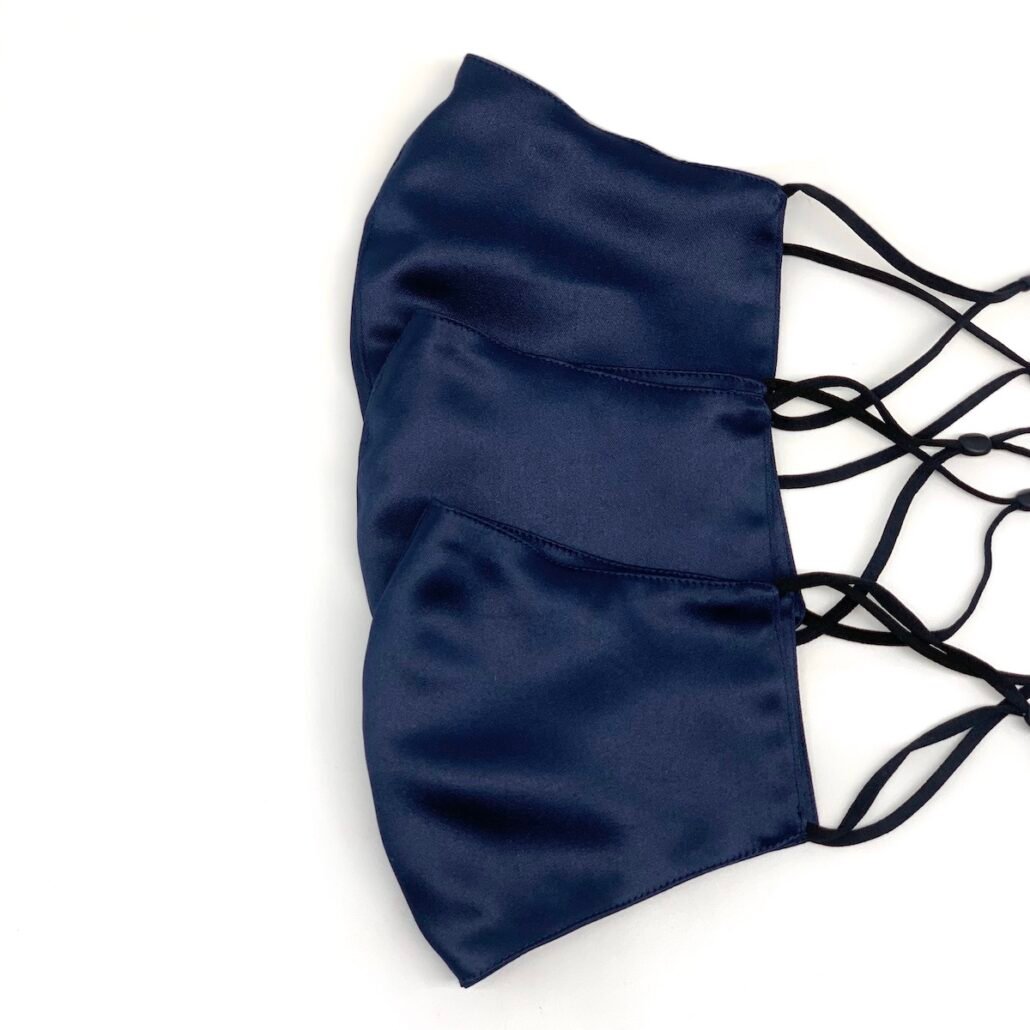
The OSMIUM™ BLUE breathable face mask is engineered with a proprietary blue-black metallic finish inspired by the element osmium. The surface treatment reflects light from all angles, creating a chameleon effect which changes with lighting.
Metallic nanoparticle technology
The biofunctional textiles that we work on primarily incorporates metallic ions like copper, zinc and silver into synthetic textiles that have been treated for superior cooling as well as evaporation coefficient to have a very comfortable, moisture wicking effect on skin. The incorporation of metallic ions is something that we’ve used as adjunct treatment in moderate to severe eczema. What the metallic ions do is that it has a self-cleaning property. This fabric, which is with the CUIONS nanoparticle technology, has been lab tested to kill 99.9% of Staph Aureus on contact. As you know, CUIONS which is based on copper ions, has also been demonstrated to stimulate the mediators that are part of collagen formation and fibroblast activity in cell studies.
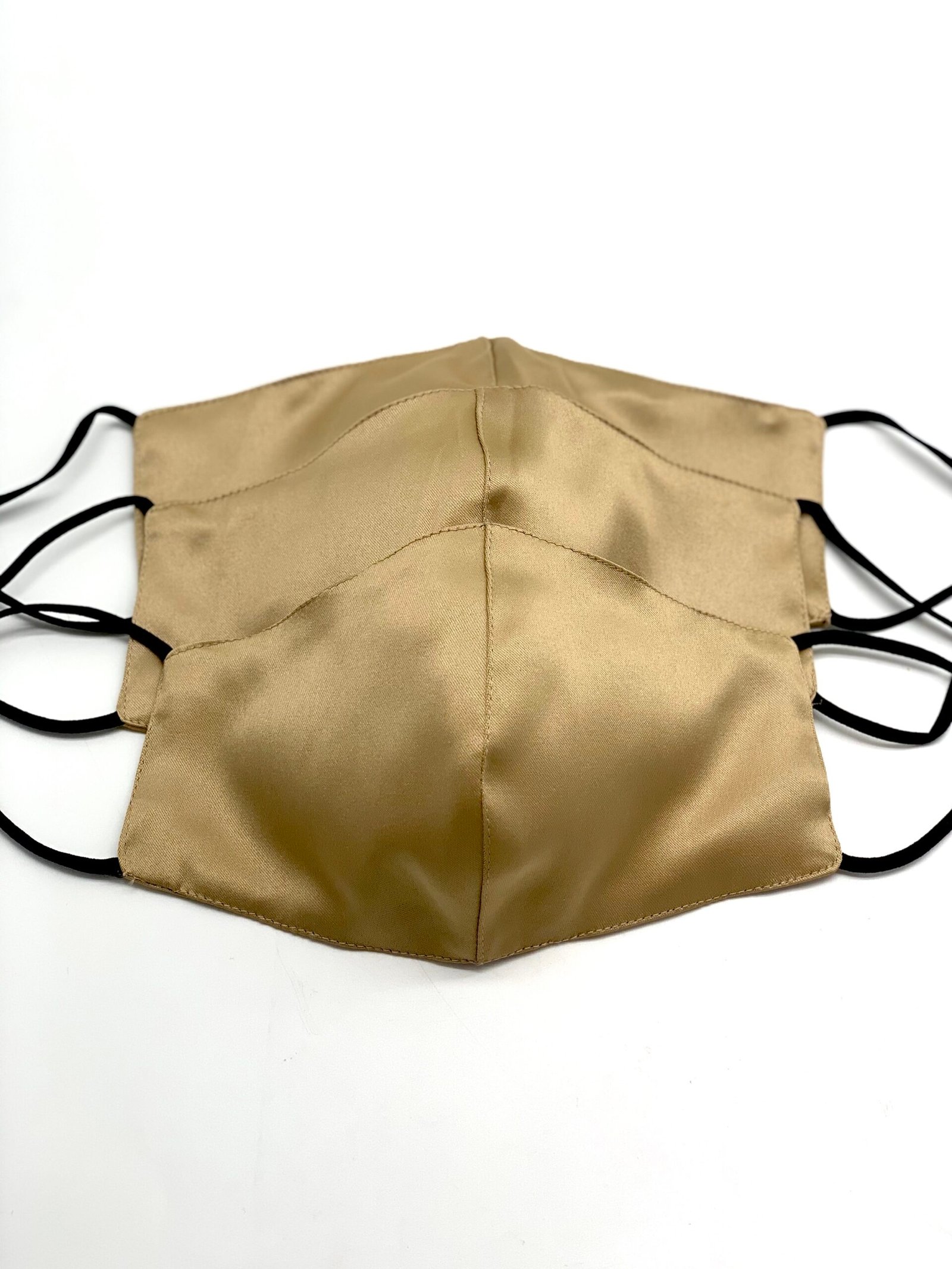
The CUIONS™ breathable face mask is rigorously lab tested for the active release of copper ions that are clinically effective for anti-ageing by promoting collagen production and reducing pigmentation. It is also certified for anti-microbial functions to actively prevent and treat maskne.
The key thing here is that it is a very complex process to incorporate the metallic ions into a synthetic fabric. The type of synthetic fabric varies greatly. Using pure copper, for example if you’ve seen 99.9% copper meshes for masks etc, these are bad for skin. The key here is that the concentration of the metallic ion has to be at a level that is effective and safe on skin. At 99.9% pure copper, it will trigger some sort of eventual systemic exposure to excess copper. That itself is something that hasn’t been evaluated and can have potential harmful effects.
Zinc nanoparticle incorporated textiles
If you are allergic to copper you should use an alternative textile. We have launched the ZINCOOl zinc nanoparticle impregnated textile for individuals who struggle with heat related conditions such as millaria – which is a form of heat rash, and cholinergic urticaria for those who struggle with eczema. The ZINCOOL fabric has superior cooling properties and retains the same antimicrobial benefits as the CUIONS nanoparticle mask. All the nanoparticle technology face masks are based on my original design which was published in this month’s issue of JAAD, so you can have a look at that.

The ZINCOOL™ Breathable Mask is self-cleaning with whiter than white technology, and incorporates superior skin cooling, creating a highly breathable skin microenvironment, with super evaporation coefficient.
Another factor is that you want to look at a design that is two panels rather than one that has pleats. We are, first of all, looking at the amount of contact the fabric has with your face, and the cumulative friction is going to exert on your skin.
SHOP THE STORY
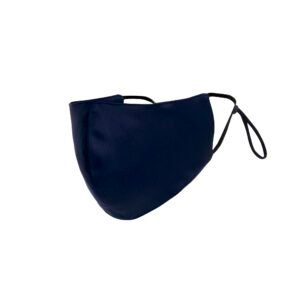
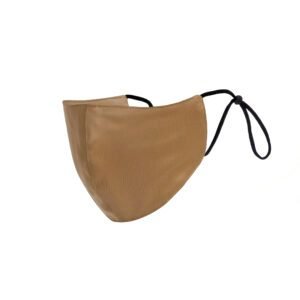
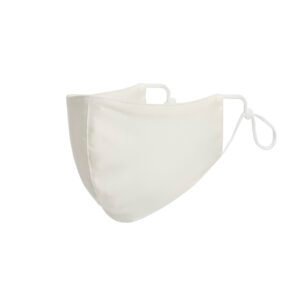









Leave a Reply
Want to join the discussion?Feel free to contribute!